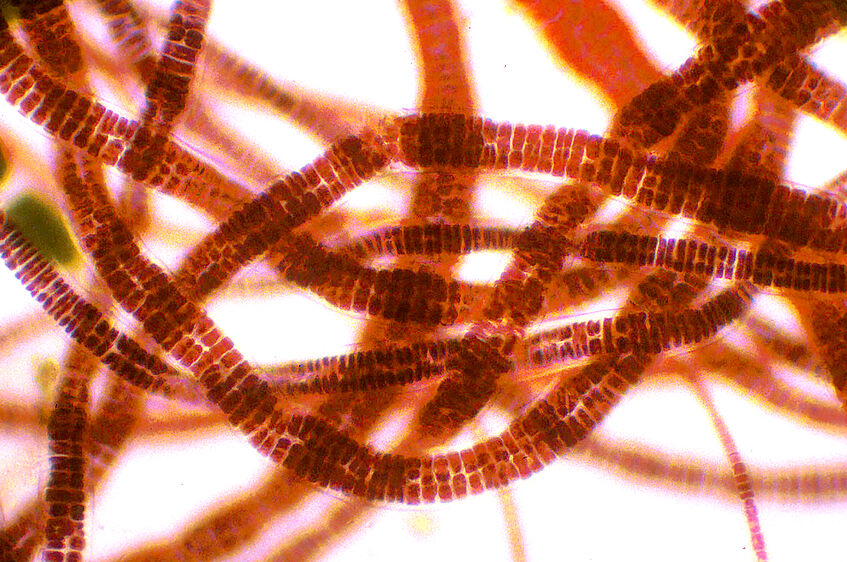Team Lead
Interests: eco-physiology of algae (light acclimation, desiccation, N and C-uptake, ecotoxicology), algal taxonomy, aquatic ecology, special habitats such as alkaline-saline systems, aeroterrestrial habitats, applied phycology
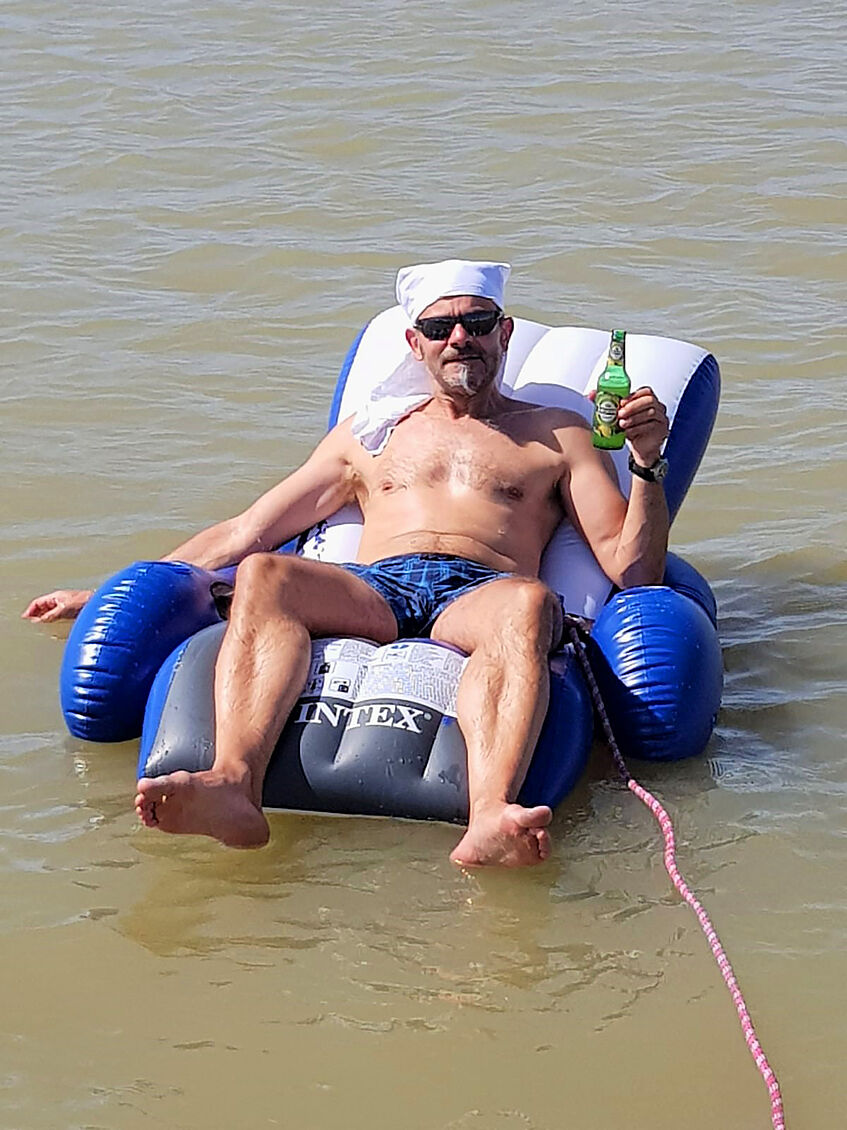
Students in alphabetical order
Shiela Mae Ancheta
Runoff of pesticides into the environment - potential hazards for microalgae?
Pesticide runoff contaminates the environment, disrupting ecosystems and threatening the health of both wildlife and humans. For microalgae, which form the foundation of aquatic ecosystems, these chemicals can be a threat, affecting their ability to grow and thrive. When microalgae suffer, the entire food chain feels the impact, leading to a ripple effect that harms everything from tiny fish to the bigger creatures that depend on them. Despite its importance, little is known about the full extent of this impact, which is why it is crucial to study and understand these effects further.
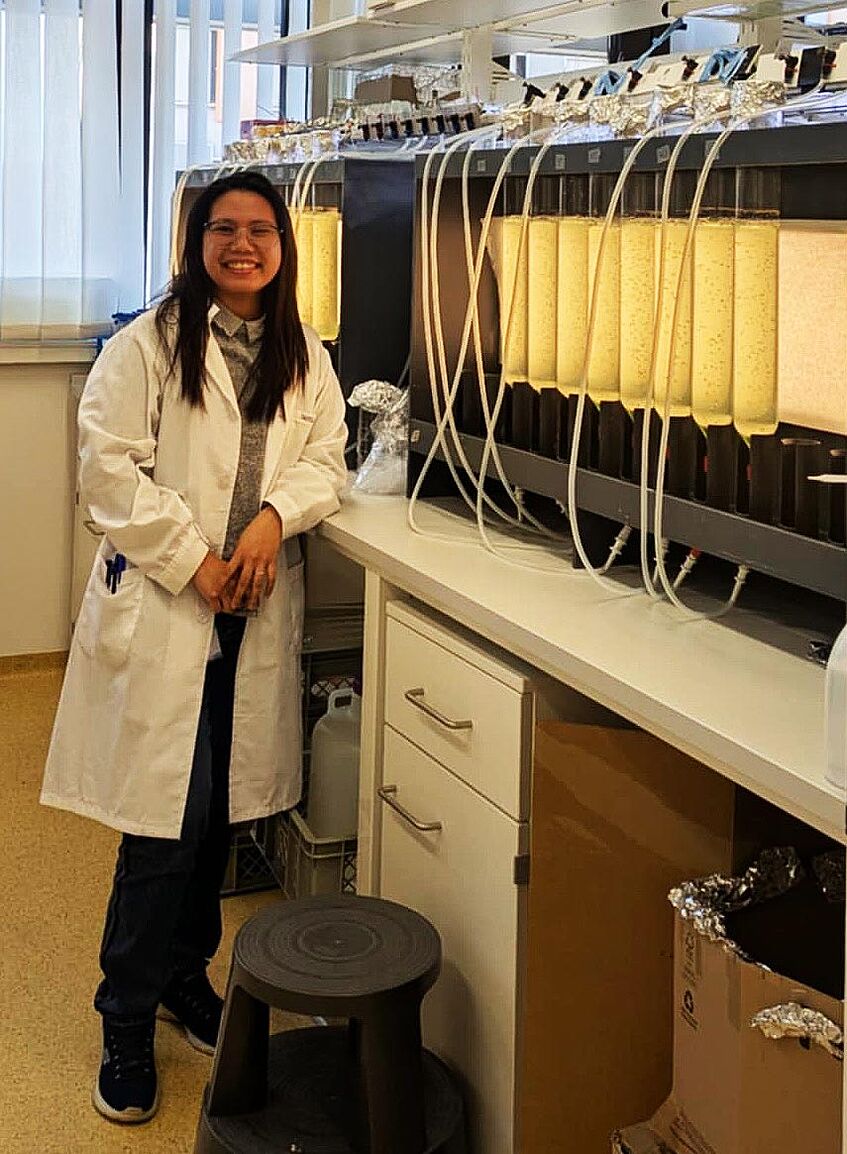
Olga Chuvaraeva
Phytotelmata - a peculiar microhabitat for microalgae
Phytotelmata are small freshwater habitats formed between different parts of plants that are able to accumulate and store rainwater. This type of specific habitat is widespread in the tropics, but it is also noted in the temperate zone. These dynamic habitats are home for microscopic algae, cyanobacteria, and insect larvae. Not much is known about the exact species composition of phytotelmata in temperate climate zones, so the purpose of this study is to learn more about the microalgae and cyanobacteria that live here.

Sven Dragon
Faunal elements of Phytotelmata
Phytotelmata are inconspicuous small water bodies in and on plants, for example in tree holes or leaf axils. My task is to analyse the faunal community and system parameters of these special habitats in the Donau-Auen National Park.
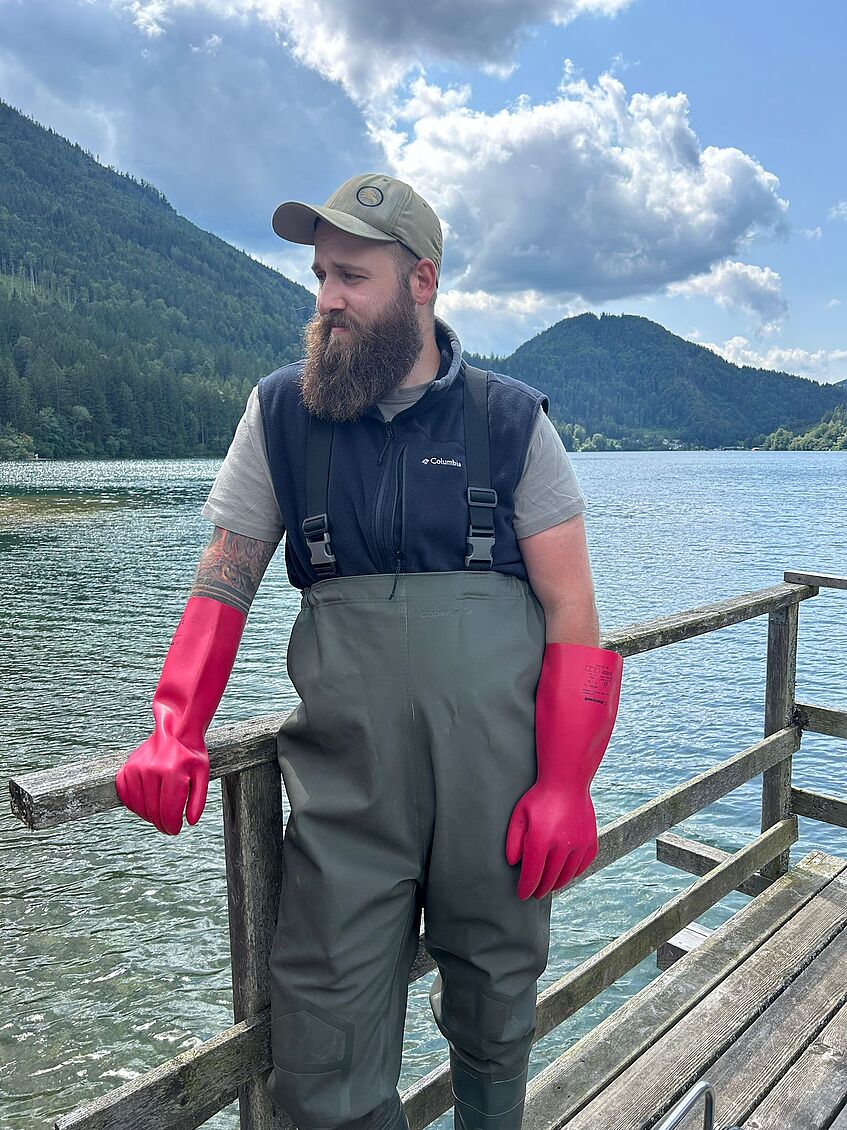
Nil Eifler
Ecology of the rare freshwater rhodophyte Kyliniella latvica
The rare freshwater rhodophyte Kyliniella latvica was very recently dicovered in the Danubian backwater Kaiserwasser. The focus of my work is on cultivation, life cycle and autecology of this species. As this taxon is mainly found during winter time, it could be a cold stenothermic organism, which I will test in laboratory experiments.
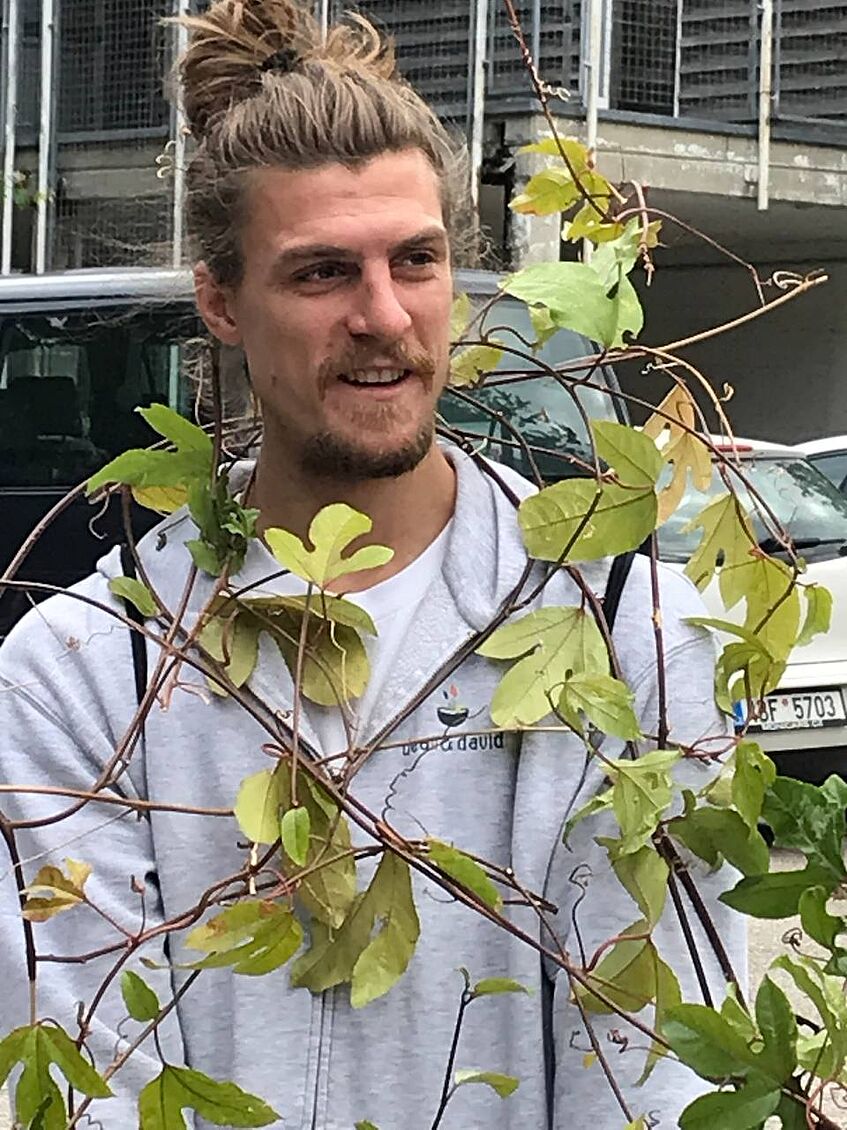
Henrik Engelke
MZB communities of hard structural flood controls and near-natural condition of the riverbed Wienfluss - a comparison (co-supervision Carina Zittra)
My studies focus on macrozoobenthos communities (MZB) in the river "Wien". Using the multi-habitat sampling (MHS) method, I collected samples from the heavily modified, channeled, embanked river in Hütteldorf (Vienna) and from a partially renaturalised area located upstream in Purkersdorf (Lower Austria). The aim of my research is to evaluate the effects of renaturalisation measures on MZB communities.
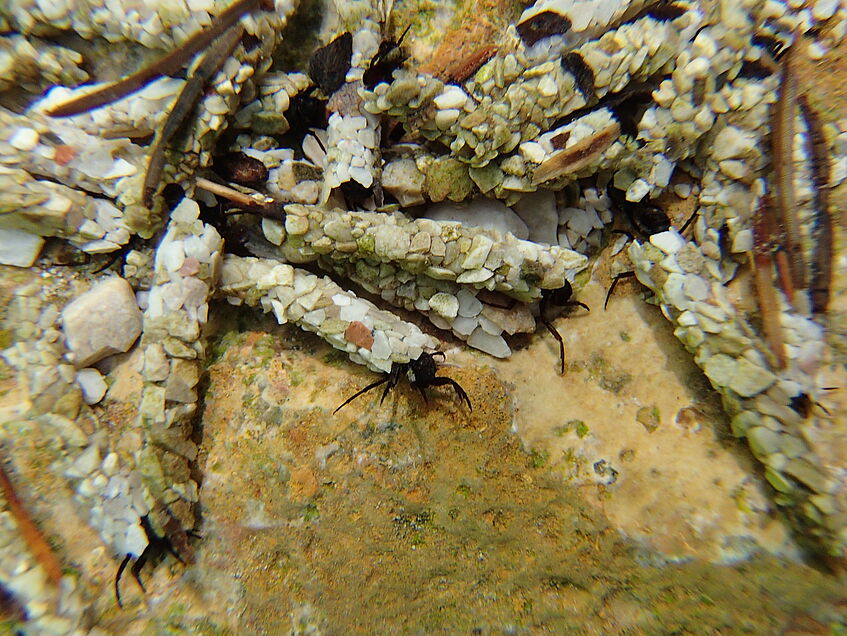
Zsanett Győri
Pigment acclimation and photosynthetic performance of Chara and Myriophyllum along a depth gradient
Submerged macrophytes such as Chara aspera and Myriophyllum spicatum are key to healthy lake ecosystems in Austria. I investigate how their photosynthetic pigments adapt to different light conditions at varying depths. Using high-performance liquid chromatography (HPLC), I analyse chlorophylls and carotenoids to reveal the strategies these plants use to thrive underwater. The findings will help improve our understanding of plant adaptation, support water quality monitoring, and guide freshwater conservation.

Christina Guggenbichler
Mapping macrophyte communities in the vicinity of Freudenau Power Plant
I study macrophyte communities in human-made riverbank structures near the Freudenau Power Plant. The spatial and temporal distribution of the communities within the bay habitats is being assessed to evaluate their effectiveness as compensatory measures.
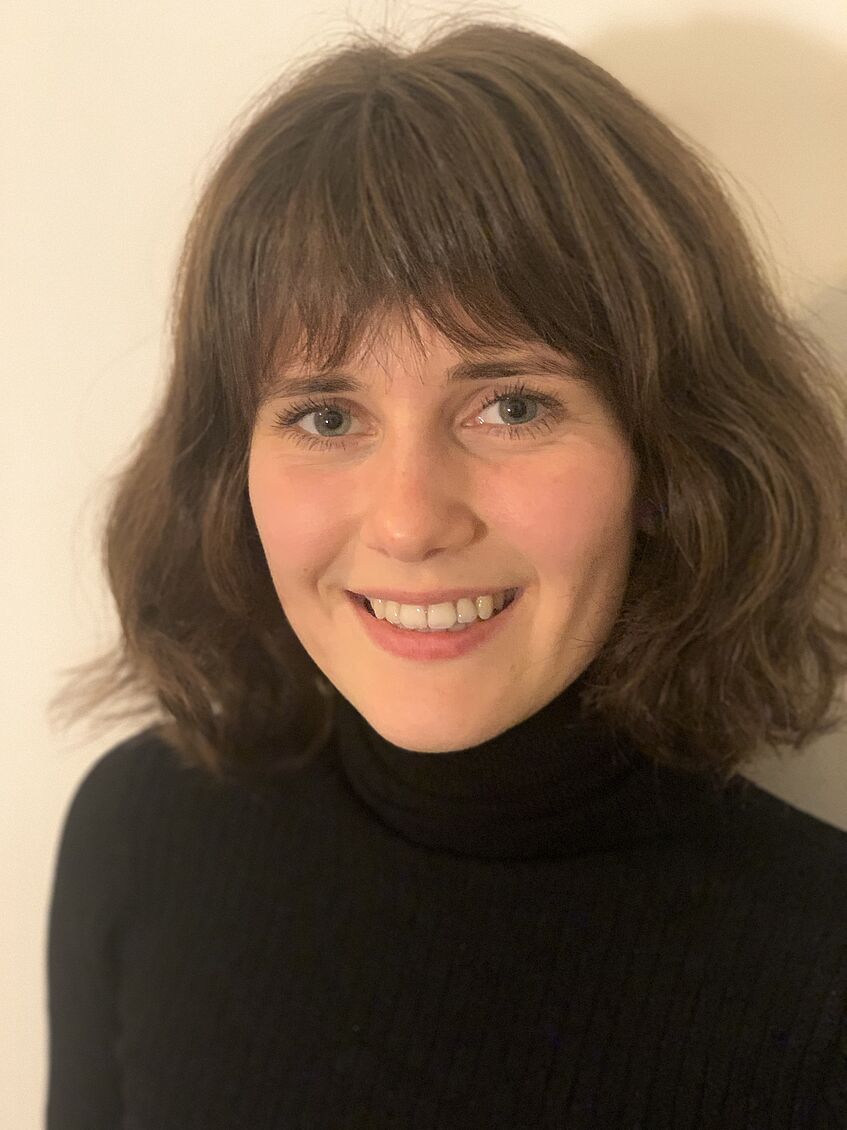
Alexander Kaptejna "Der Berliner"
Motion of the filamentous cyanoprokaryote Limnospira fusiformis
The filamentous cyanobacterium Limnospira fusiformis (formerly Arthrospira fusiformis and Sprulina platensis) shows motiliy on submerged surfaces. I study movement at high viscosity medium, and irradiance a possible trigger for movement, and search for differences between strains originating from East African saline lakes. The phenomenon may be interpreted from an ecological perspective: darkness impedes photosynthesis, therefore filaments start to move around to enhance light supply.
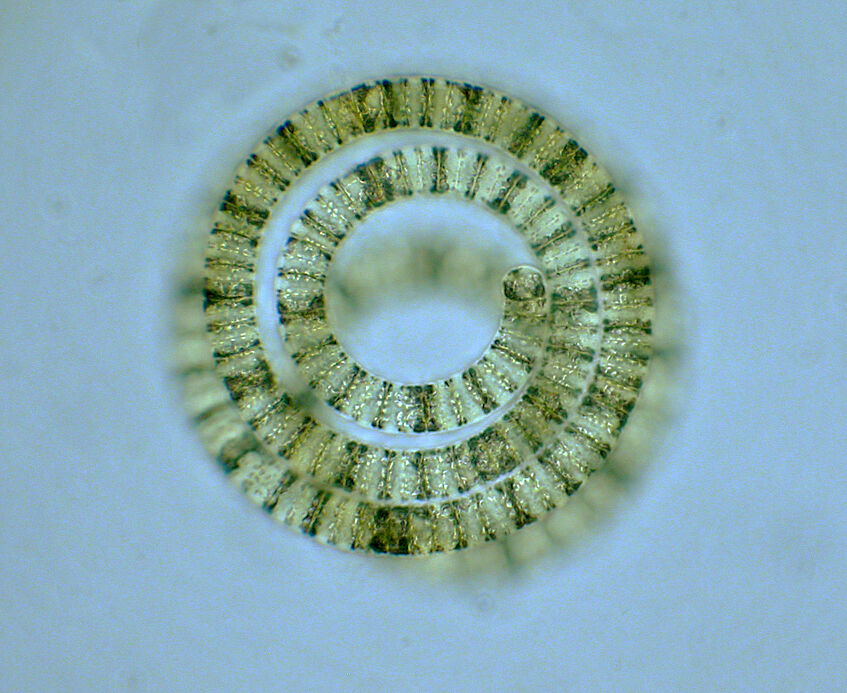
Katharina Sansone
katharina.sansone@univie.ac.at
Morphological features of Chara and Myriophyllum along a depth gradient
Macrophytes play a key ecological role in freshwater ecosystems, especially in oligotrophic lakes where they contribute to primary production, habitat structure, and nutrient cycling. By investigating anatomical structures of two species Chara aspera and Myriophyllum spicatum I aim to provide new insights into structural strategies enabling macrophytes to persist along depth gradients, which may also be interesting for future ecological monitoring programs in freshwater systems.

Rainer Siedler
Use of phototrophic biofilms for pond detrophication
Biofilms remove nutrients and particles from the water column and therefore can be applied for water purification. A promising application is cleaning of swimming ponds. A potential positive side effect is using the harvested biofilms as fertilizer.
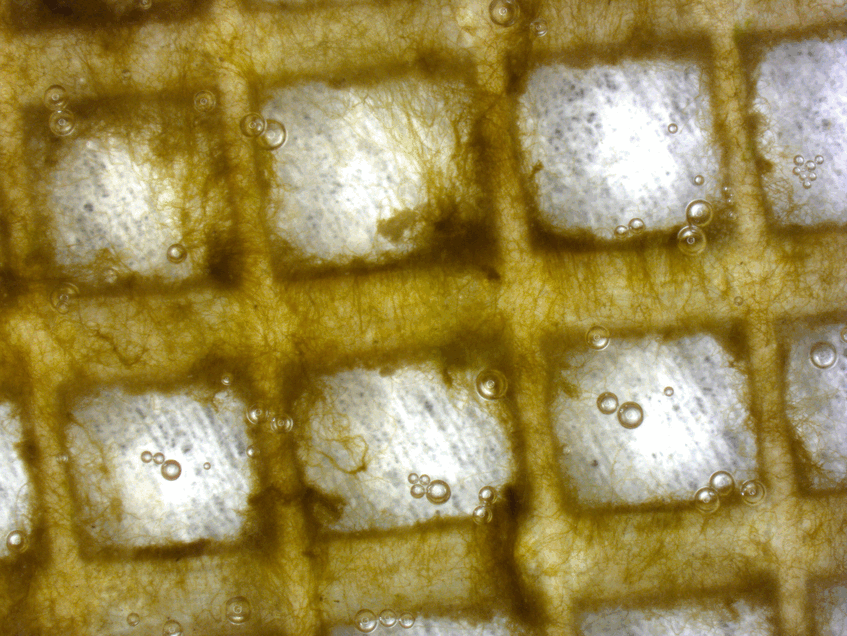
Lena Sax
Algal community structure in the danube (Alte Donau) with special focus on Gloeotaenium
In recent years, the presence of the green freshwater algae Gloetanenium (Oocysatceae) has been observed in the Alte Donau during warmer periods. Its occurrence in this region is not understood because it is only common in tropical regions. Reasons for this could be due to rising temperatures attributed to climate change. The focus of my work is analyzing algal community structure through sampling phytoplankton and macrophytes.
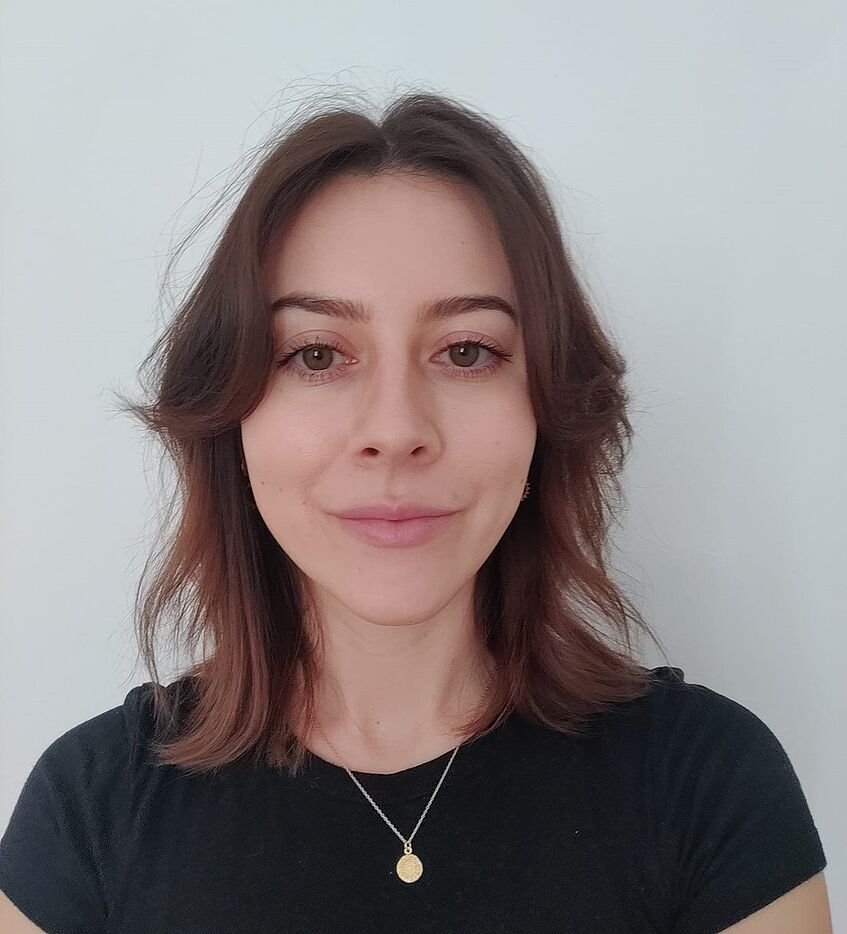
Lena Streicher
Inorganic carbon uptake of the freshwater rhodophyte Bangia atropurpurea
The filamentous rhotophyte Bangia atropurpurea thrives at the air-water interface along the rocky riverbanks of the Danube. While plants exposed to air use CO2 as their carbon source, submerged plants primarily use HCO3- as it is the abundant inorganic C source in slightly alkaline water. Because Bangia is frequently exposed to air and therefore benefits from a higher availability of CO2, I focus on the question, if Bangia has lost its ability for HCO3- uptake.
